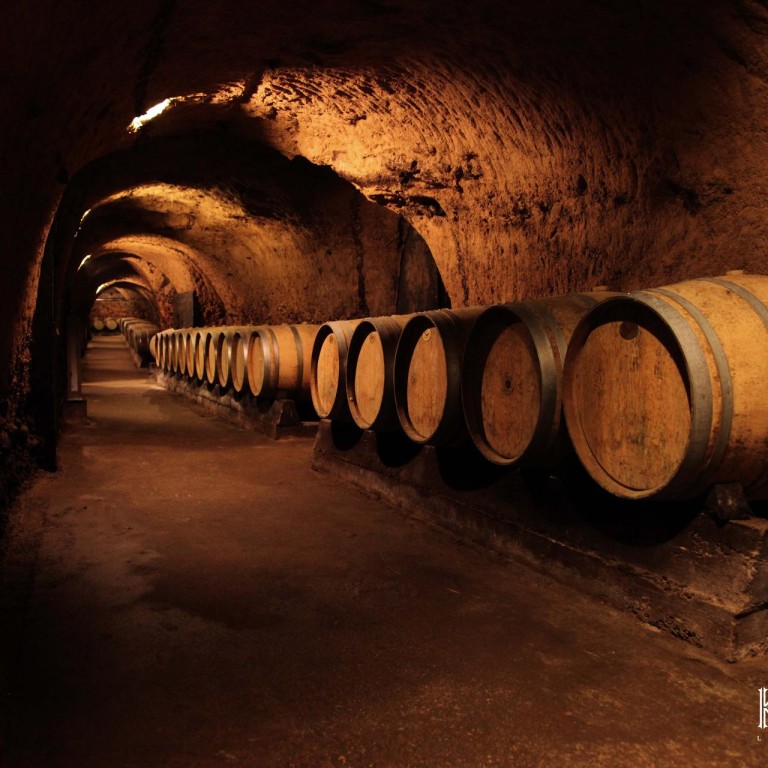Winemaking in the Middle East enjoys a long history, but the time is now ripe for Israel and Lebanon to enter the world stage

Over the past two decades, winemaking, mostly notably in Lebanon and Israel, has been undergoing a renaissance that has the potential to put the countries on the international wine map
ripening cabernet sauvignon unfold against undulating mountains while the chirping of birds rings out in the pristine silence. This idyllic viticultural scene is not in Bordeaux or Napa Valley, but in Bekaa Valley, the agricultural heartland of Lebanon.
While wines from the Middle East are unknown to the average wine drinker, winemaking in the region dates back to biblical times, before waves of Islamic rule stamped out the trade. But over the past two decades, winemaking, mostly notably in Lebanon and Israel, has been undergoing a renaissance that has the potential to put the countries on the international wine map.
Scholars believe that winemaking in what constitutes modern-day Lebanon began in 7,000BC, according to the Union Vinicole du Liban (UVL), Lebanon's association of wine producers. Under Phoenician rule, which began in 3,000BC, traders exported wines to neighbouring countries along the Mediterranean Sea.
While the trade petered out during the Ottoman empire, in 1857, Jesuit missionaries laid the foundation of Lebanon's modern wine industry by importing vines and viticultural techniques from French-governed Algeria. But after Lebanon emerged from a 15-year civil war in 1990, only five wineries remained standing.
"The current modern industry that can stand alongside other wine-producing countries is only 24 years old," says Michael Karam, a prominent wine critic based in Beirut who has authored several books on Lebanese wines.
The roots of Israel's modern wine industry similarly date back to the 19th century, when Baron Edmond de Rothschild, the owner of Bordeaux's Château Lafite-Rothschild, revived winemaking by importing French grape varieties and techniques. But until the 1980s, Israeli wineries had a poor reputation for focusing on quantity over quality, according to David Rhodes, a leading wine writer based in Tel Aviv.
This began to change in 1983 following the establishment of the Golan Heights Winery, the first large-scale producer focused on quality. The opening of Margalit Winery in 1989 sparked what Rhodes calls a "boutique revolution" - a boom of small wineries dedicated to producing quality wines. The majority of Israel's 300-odd wineries today are actually boutique operations. While experts agree that Lebanon and Israel are the only Middle Eastern countries that produce wines at an international standard, their profiles on the international wine map still remain works in progress.
Given their small size, they cannot compete in terms of volume. Lebanon has only 2,000 hectares under vines, producing what Karam estimates as a maximum of 9 million bottles per year. Israel produces 35 million bottles annually from 5,000 hectares of vineyards, according to the 2012 edition of The Wine Route of Israel.
In the face of Old World stalwarts and New World darlings, it is difficult for emerging wine regions that rely solely on international grape varieties to stand out. But they may have an opportunity to distinguish themselves by promoting wines made from an indigenous grape that expresses the region's unique terroir.
"To be successfully internationally, an indigenous grape needs to have a flavour profile that's similar to other noble grape varieties," says Debra Meiburg, a master of wine, based in Hong Kong. "It also needs to be pronounceable and something the whole region wants to put their weight behind."
Karam describes this as "one of the most important challenges" faced by the Lebanese wine industry. "We need a signature grape that defines us ... Lebanese wine with cabernet sauvignon is just throwing another bottle of red wine onto a huge global pile."